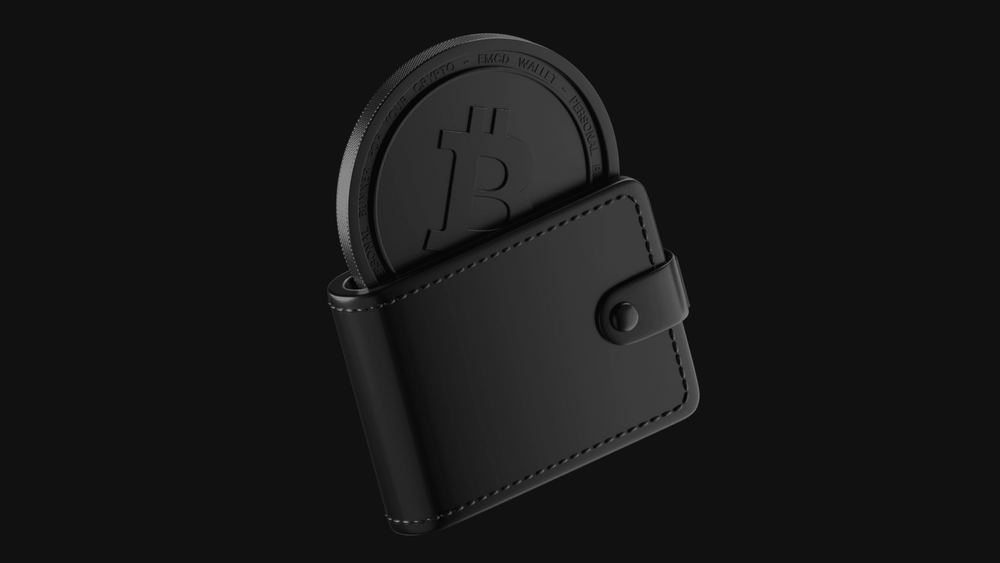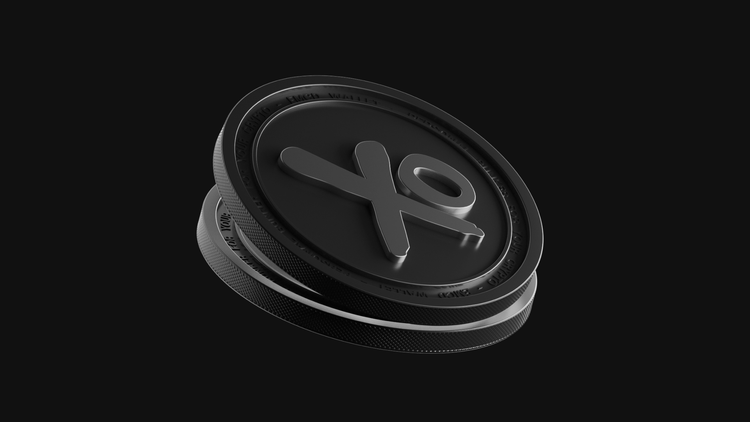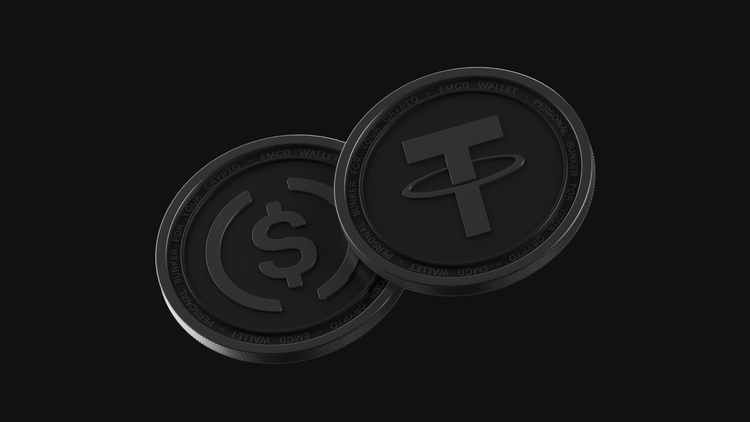Top 5 Ways to Earn with Bitcoin

Bitcoin is no longer just speculative. In 2025, it plays roles in payments, finance, and global adoption. Many ask how to make money with bitcoin 2025 in ways that go beyond simple buy-and-hold. This guide explores five strategies — from holding to yield to getting paid in BTC — with up-to-date data, examples, and actionable steps.
1. Holding (HODLing) for long-term appreciation
Keeping Bitcoin over time is still among the best ways to earn passive income with BTC. The logic: scarce supply (21 million cap), rising demand, and adoption momentum.
- Data point: As of mid-2025, global Bitcoin ETF assets under management have reached ~$179.5 billion, demonstrating institutional confidence in long-term BTC exposure (see Chainalysis)
- Example: An investor who bought $1,000 of BTC in 2015 would have held through multiple cycles and seen outsized growth
- Risk vs reward: No active decisions needed, but unrealized losses may vex the impatient
Getting started:
- Choose a secure noncustodial wallet (hardware, multisig)
- Buy BTC on a trusted exchange
- Resist emotional selling; review fundamentals periodically
If someone wonders whether holding Bitcoin is still a profitable strategy in 2025, the answer is yes. It depends on the entry point and duration. History offers precedent, though past returns don’t guarantee future ones.
2. Trading Bitcoin on exchanges
Trading can generate returns more rapidly than holding — but it carries more risk and demands more skill.
Forms of trading:
- Day trading: entering and exiting within hours
- Swing trading: holding between a few days and weeks
- Arbitrage: exploiting price differences across exchanges
Strengths: Potentially higher returns with compounding, multiple strategies, flexibility.
Challenges: Need discipline, chart knowledge, and emotional control.
Concrete tip: Use risk management methods like stop-loss orders (e.g. cap trade risk to 1–2% of total capital). Start with a demo or small size. Track your trades in a spreadsheet to analyze performance.
3. Bitcoin mining (direct or via pool)
Mining is the backbone of Bitcoin’s security and supply issuance. While individually competing is harder now, mining still remains viable through pooling or hosted services.
- Stat: Roughly ~900 BTC are mined per day (network issuance rate)
- Institutional wave: Reports from UTXO Management estimate institutional commitment of $120 billion into BTC by end-2025, putting pressure on supply and reinforcing scarcity
- EMCD context: EMCD runs a top-10 mining pool (13 coins, ~2% of network hashrate) offering steady rewards
Ways to mine:
| Mode | Description | Pros | Cons |
| Own hardware (ASIC) | Buy, install, run in your location | Full control, maximal share | Capital & electricity costs, maintenance |
| Pool | Combine hashrate with others | More regular rewards, lower variance | Pool fees, shared rewards |
| Hosted / cloud mining | Third party hosts equipment | No local setup, less technical burden | Dependence on provider, fixed fees |
Profitability depends heavily on electricity costs, equipment efficiency, network difficulty, and BTC price.
4. Yield platforms & interest accrual
Another modern way to use Bitcoin is through yield tools — platforms that allow you to keep BTC active and receive daily accruals. Instead of leaving coins idle, users can place them in structured earning products that deploy funds via lending, market-making, or DeFi mechanisms.
Example — EMCD Coinhold: Coinhold is an accumulation crypto wallet where balances bring daily rewards with flexible or fixed terms. Users can withdraw anytime unless they opt for a fixed plan. Rewards are credited daily, with rates adjusted transparently depending on conditions. Unlike many custodial platforms, funds stay in a non-custodial structure with control always in the user’s hands.
Why it matters:
- Daily accruals: balances are credited automatically, no trading needed.
- Flexibility: withdraw anytime or choose a fixed term for higher results.
- Integration: directly linked with EMCD Wallet, mining pool, and exchange.
Risk awareness: Yield always comes with counterparty, smart contract, and regulatory risks. Platforms can fail or face restrictions. That’s why users should check transparency, audits, and flexibility before committing funds.
Statistic: According to CoinLaw, BTC staking is still nascent — any yield is via third-party mechanisms or derivative wrappers. Coinhold provides a simpler, platform-native way for users to access structured rewards without going through complex DeFi protocols.
This path is already a major channel for Bitcoin in 2025: balances don’t just sit, they work daily — while users retain control and liquidity.
5. Getting paid in Bitcoin for goods and services
Rather than acquiring BTC through purchase, one of the most direct ways is simply to get paid in bitcoin. This can be for freelance work, e-commerce, consulting, content, or digital services.
- Real example: Designers, developers, content creators already invoice clients in BTC
- Business option: Merchants can integrate crypto checkout modules (e.g. EMCD Crypto Processing)
Advantages:
- No need to buy BTC first
- Builds ongoing coin flow
- Aligns business revenue with crypto cycles
Tips:
- Use invoices with BTC-denominated amounts (converted at time of issuance)
- Use payment processors that settle in fiat or BTC depending on risk appetite
- Educate clients about exchange, tax, and volatility implications
This is a low-barrier way to earn bitcoin without investing money upfront.
Risks and considerations when earning with Bitcoin
Earning BTC is attractive — but every method involves trade-offs:
- Volatility: BTC prices can wildly swing
- Custody & security: Loss or theft of keys is a risk
- Regulatory regime: Laws differ across jurisdictions (tax, licensing)
- Counterparty risk: Yield platforms or hosted miners might fail or default
- Liquidity constraints: Some protocols impose lockups or withdrawal limits
Smart users diversify across multiple strategies, monitor exposure, and avoid overcommitting to any single method.
Final thoughts and recommendations
By combining holding, trading, mining, yield, and earning in BTC, one can build a balanced Bitcoin earning portfolio. For someone just starting, one might:
- Hold a base layer (say 50% of crypto capital)
- Experiment with small scale yield products
- Offer a service for BTC acceptance
- Add mining or trading when more confident
In short: Bitcoin is not just speculative — it is a tool for real earnings, optional revenue streams, and diversification.
FAQ
Is holding Bitcoin still a profitable strategy in 2025?
Yes, especially in a long-term horizon. Given institutional inflows and supply pressure (only ~900 BTC minted daily), scarcity tailwinds remain. But ideal entry timing is key.
How risky is trading Bitcoin compared to long-term holding?
Trading offers higher upside but demands skill, time, and emotional discipline. Holding is simpler but still subject to large swings; trading magnifies that.
Is Bitcoin mining still viable for individuals?
Possibly — but it depends heavily on local electricity costs, access to efficient hardware, and joining mining pools or hosted services to reduce variance.
What are the safest platforms to earn yield on Bitcoin?
Look for platforms with strong reputation, independent audits, security certifications, withdrawal flexibility, and transparent operations. Avoid opaque or unregulated ones.
Can I earn Bitcoin without investing money upfront?
Absolutely. Providing services or goods and accepting BTC is the purest form. You trade value (time or skill) for BTC.
What’s the best path for beginners?
Start small: hold a modest BTC amount, experiment with yield on a safe platform, maybe accept small BTC payments. Scale gradually as knowledge and comfort grow.




